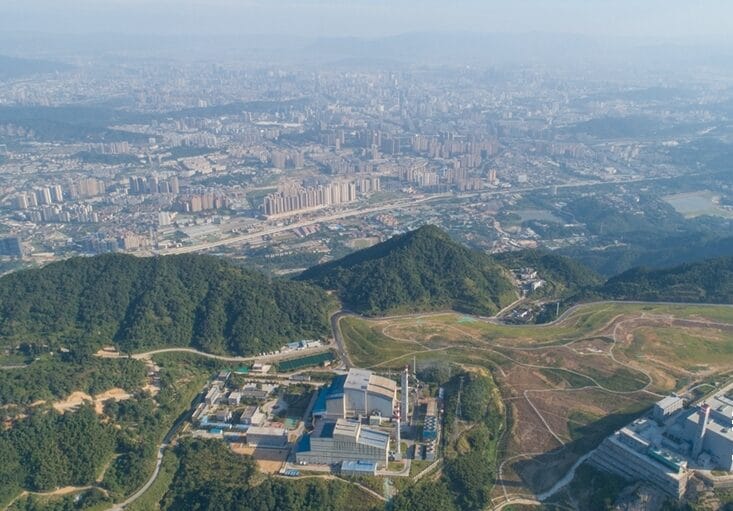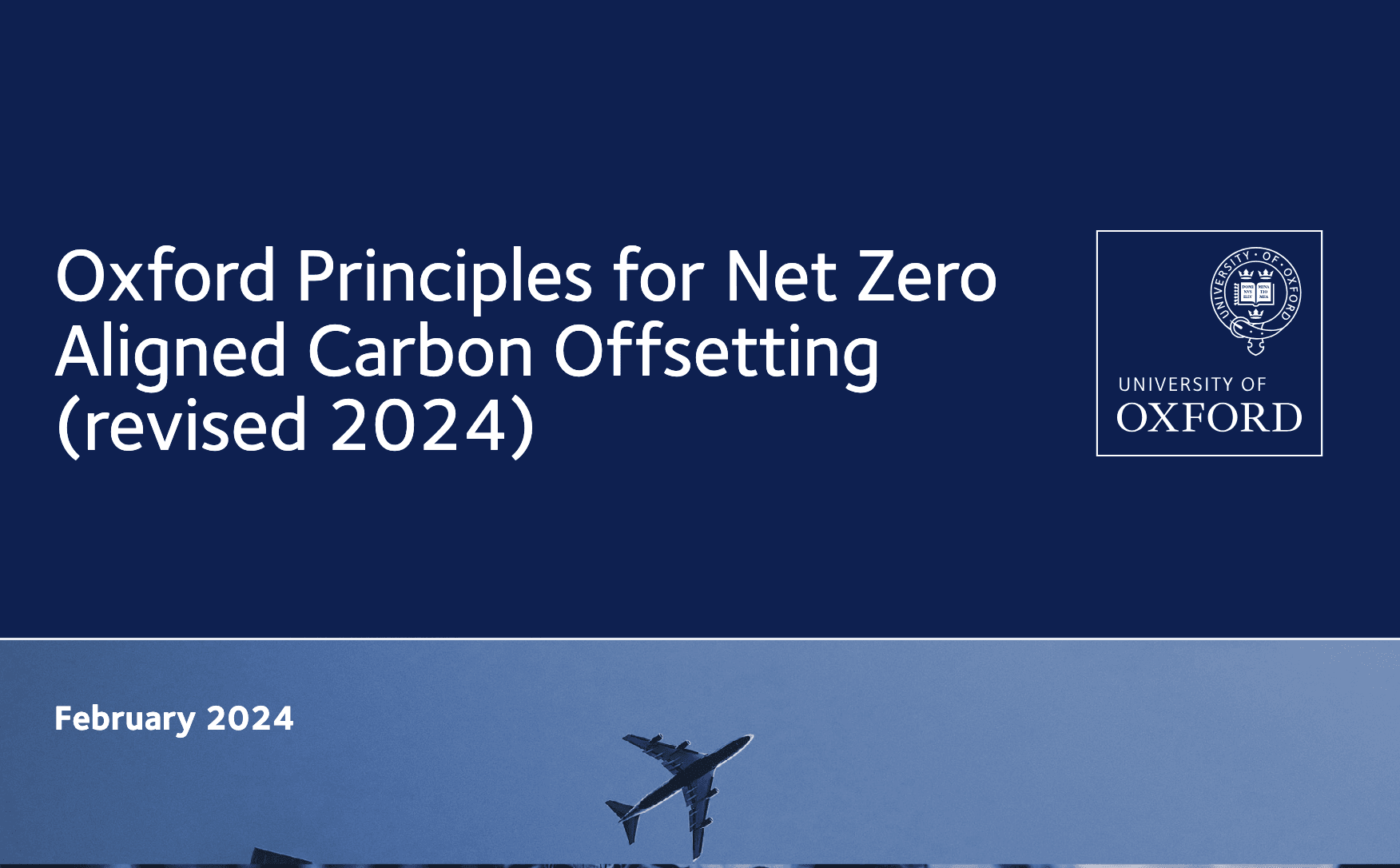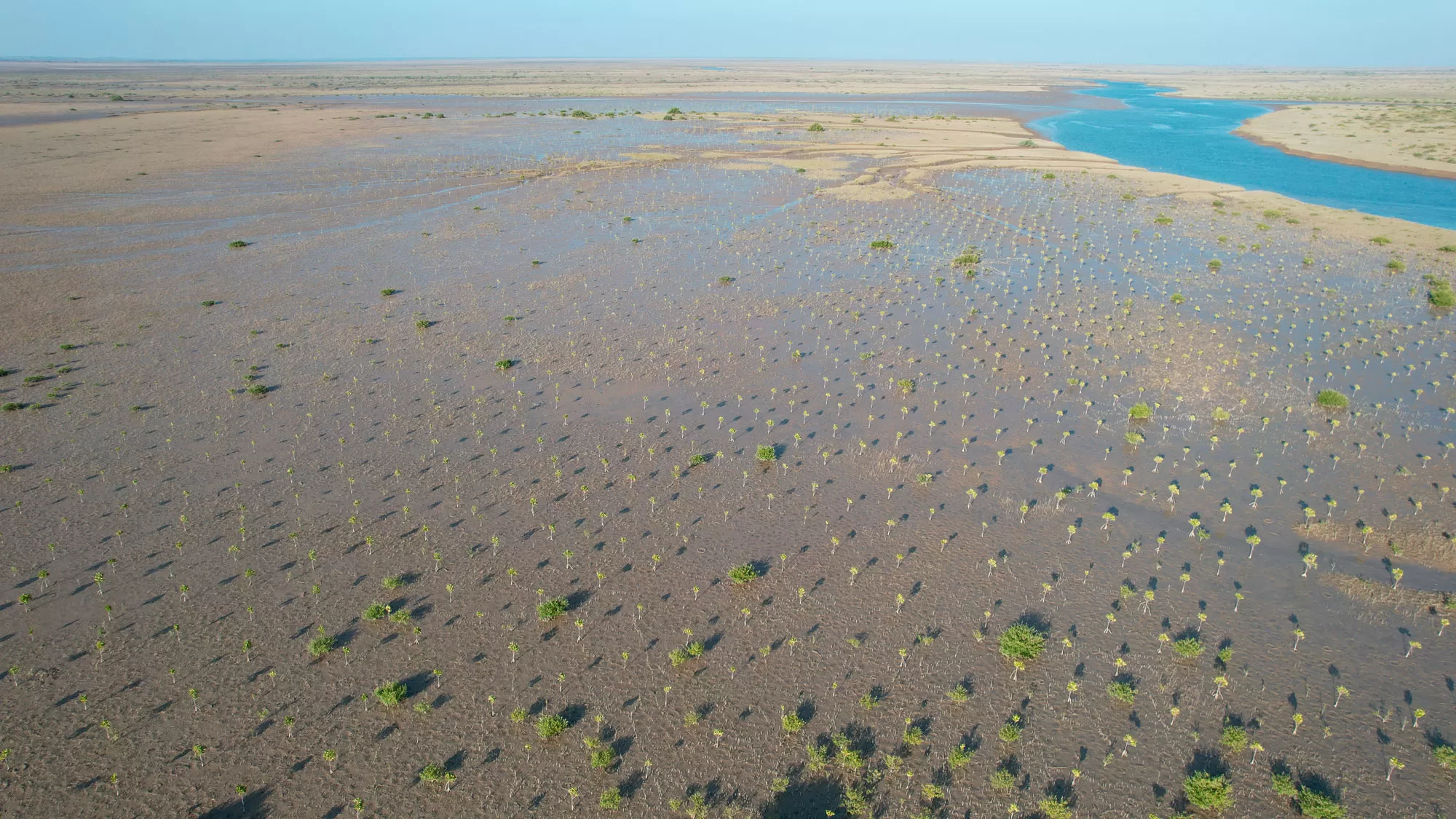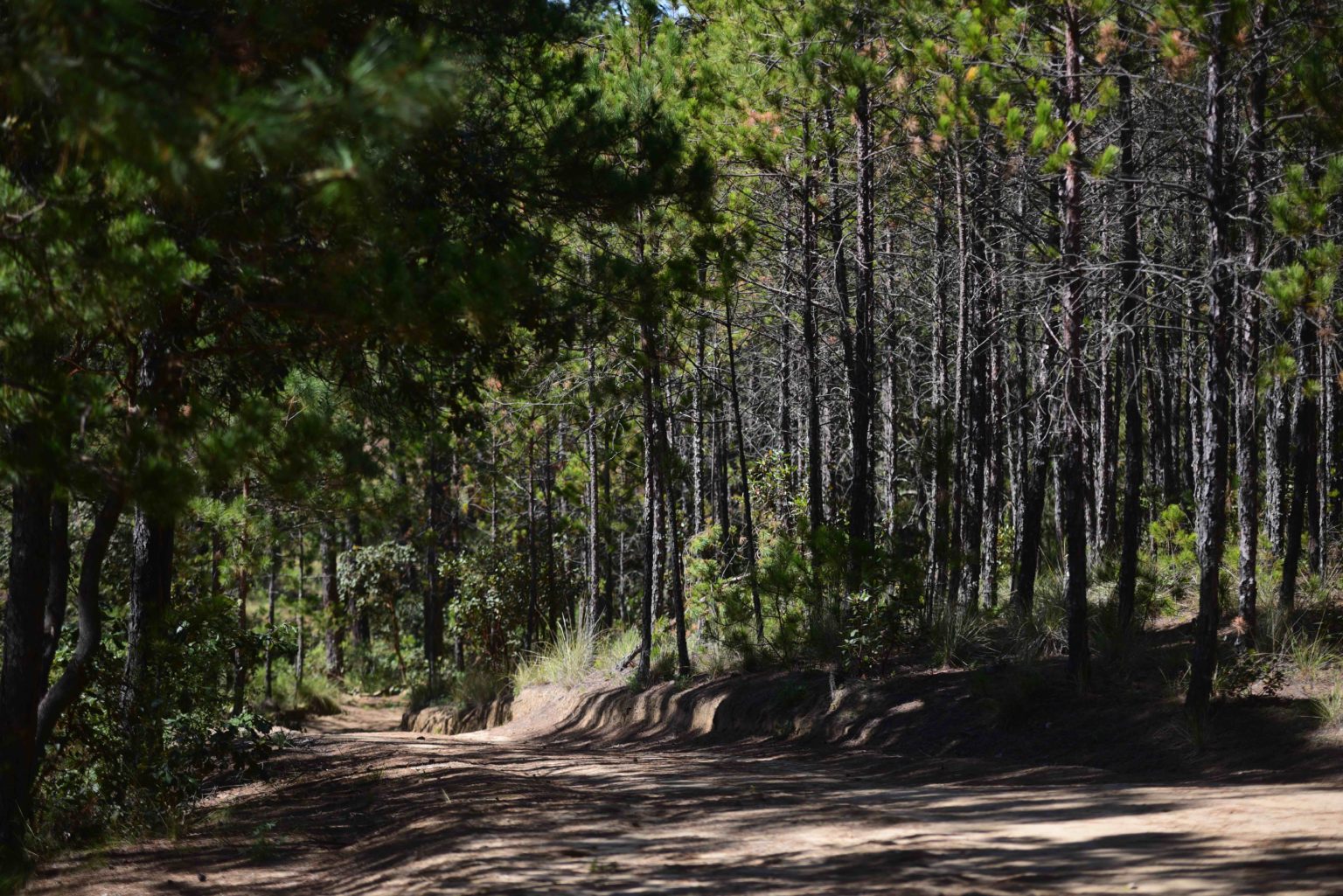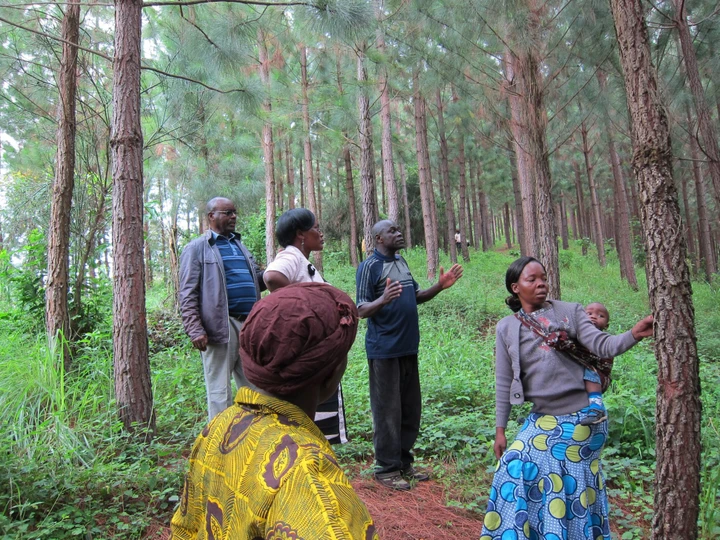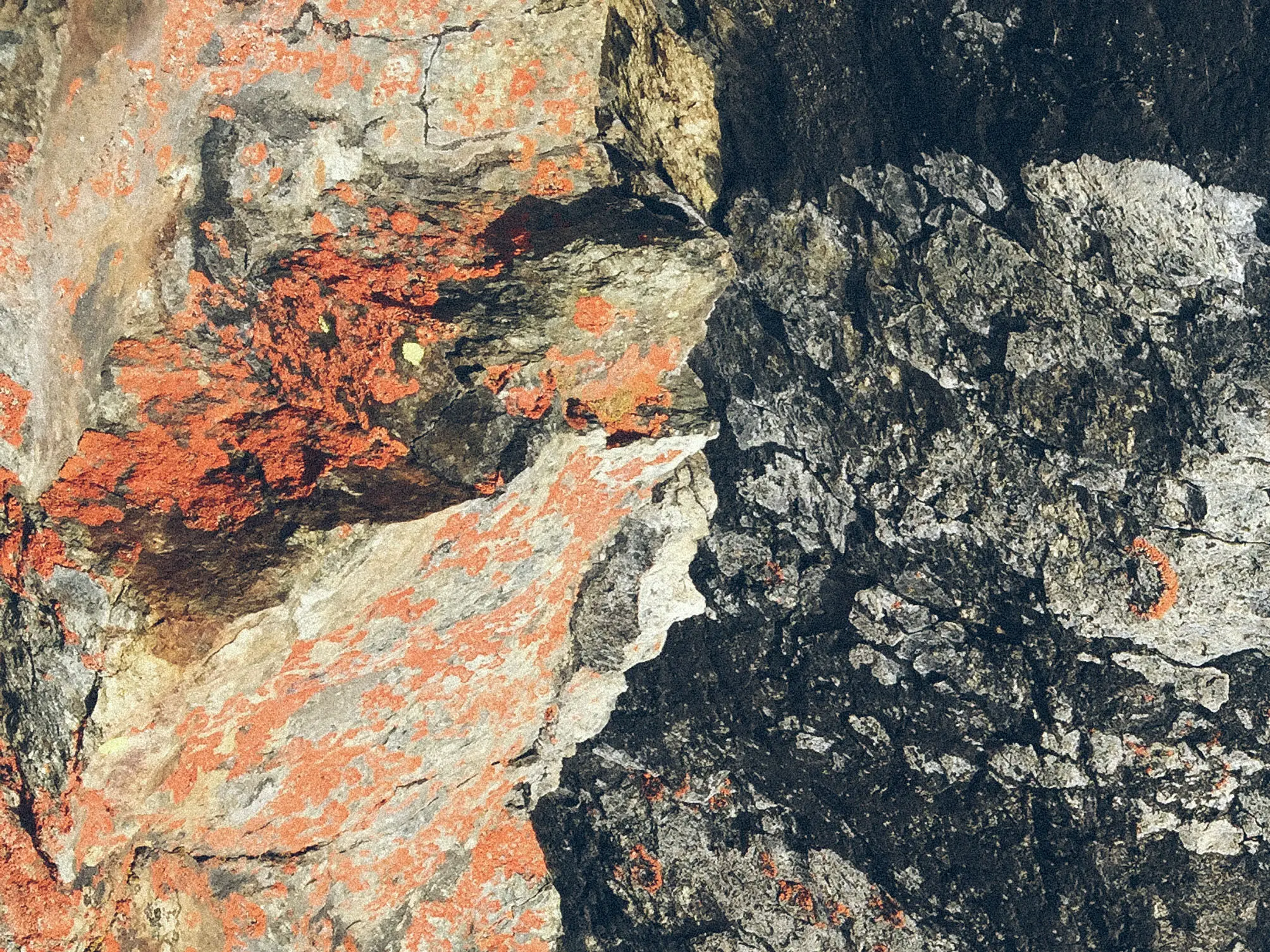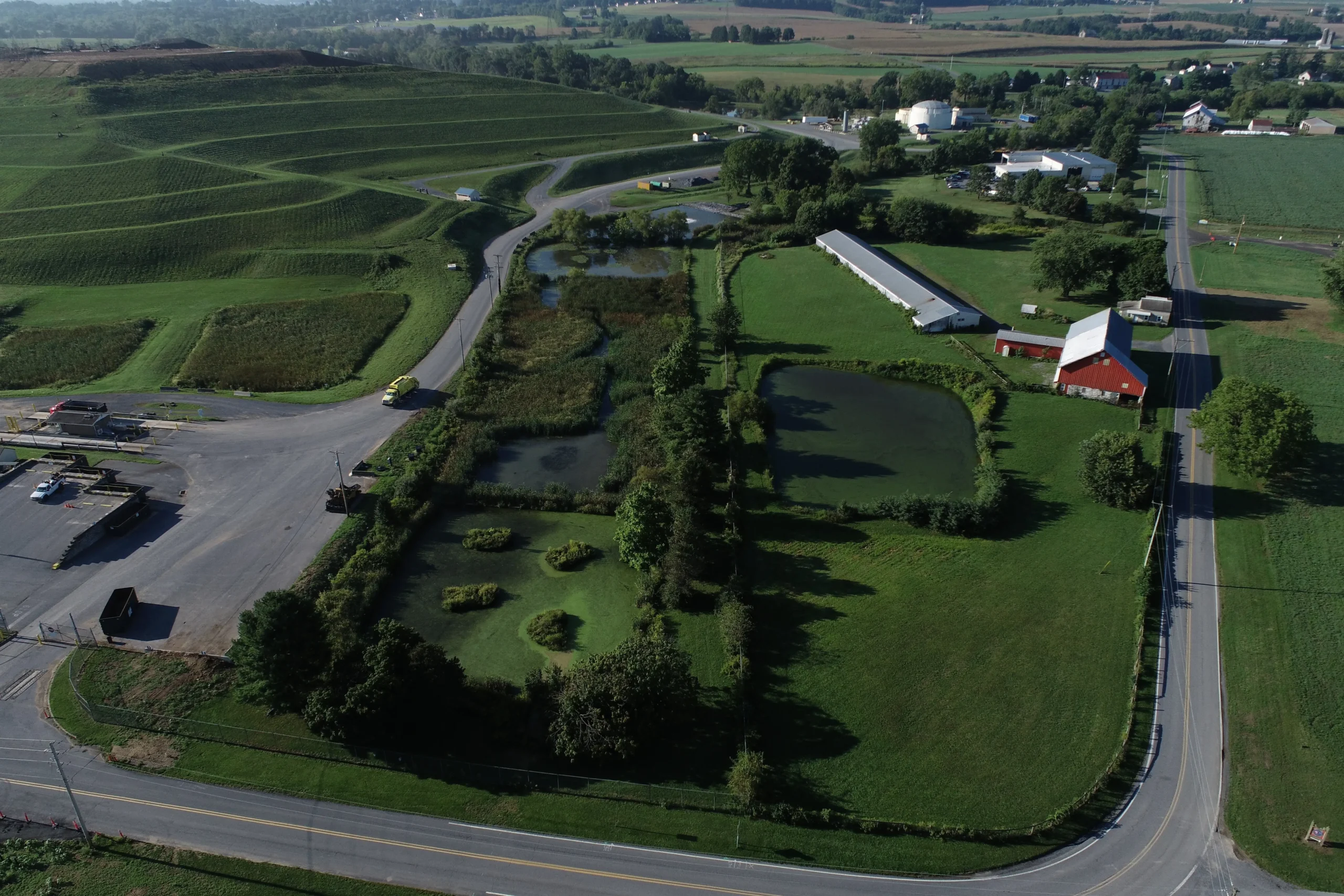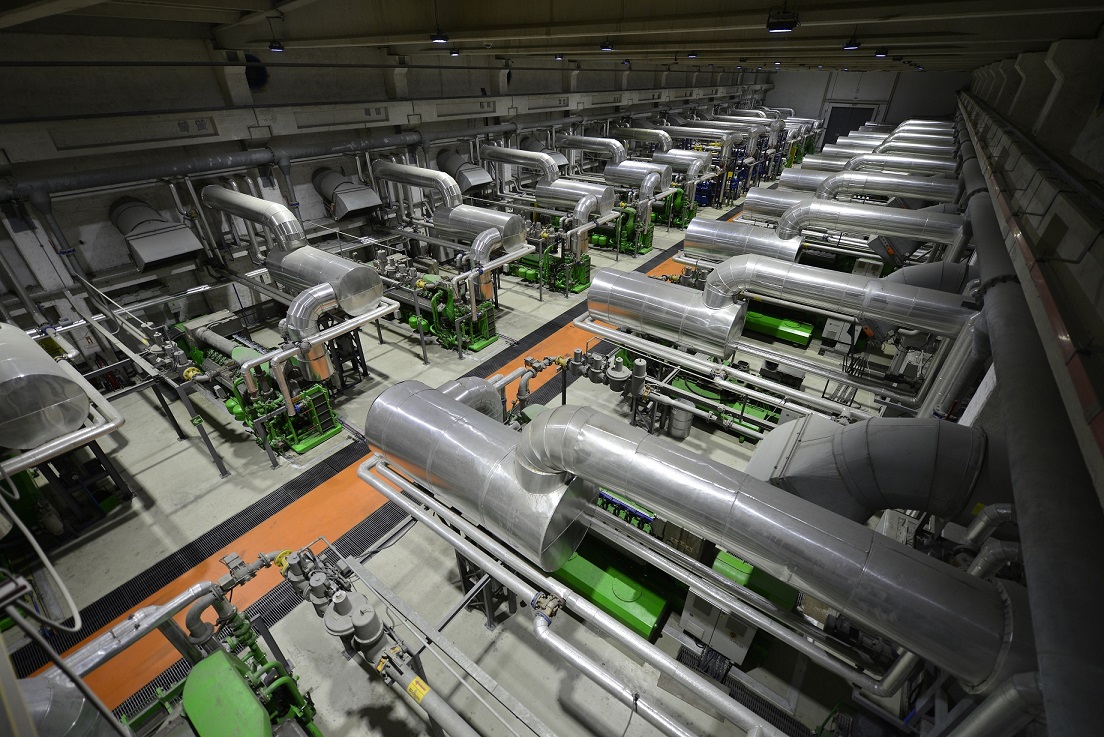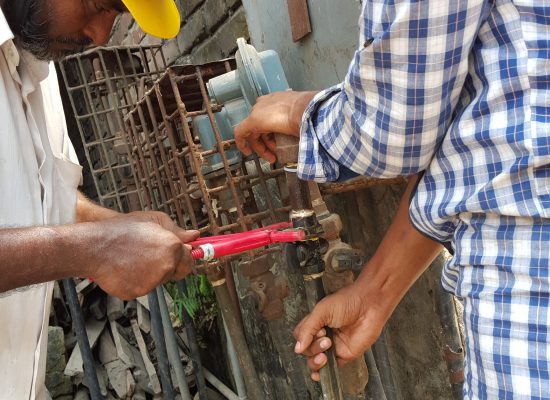Impact Portfolio
The Impact Portfolio is a diversified portfolio of high-quality carbon credits designed to maximize impact, mitigate risk, and foster innovation. A portfolio approach to credits is recommended by the World Economic Forum. This portfolio embodies the science-based best practices laid out in Oxford’s Principles for Carbon Offsetting, and includes a full range of carbon credit types so that you can maximize your ability to support a low-carbon future.
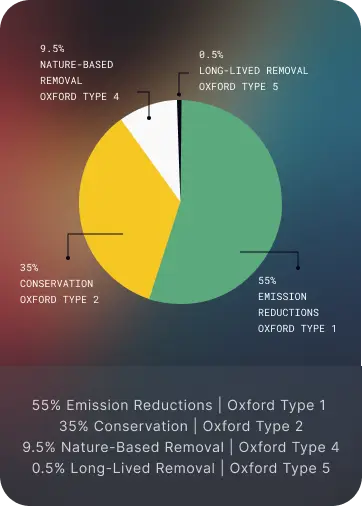
Oxford’s Principles of Carbon Offsetting
Oxford Type 1: Emissions Reductions
This category encompasses a broad spectrum of initiatives and projects designed to actively reduce or prevent greenhouse gas emissions compared to the standard practices of industries and societies. The goal is to lower the amount of carbon dioxide and other harmful gases being released into the atmosphere. Examples include projects that generate renewable energy, such as wind farms, solar power installations, and hydroelectric dams. Another example is the destruction of harmful refrigerants, which would otherwise escape into the atmosphere and contribute significantly to global warming due to their high global warming potential. Additionally, this category includes efforts to capture methane, a potent greenhouse gas, released from landfills, preventing it from escaping into the air and exacerbating climate change.
Oxford Type 1: Emissions ReductionsOxford Type 2: Conservation
This category focuses on nature-based projects aimed at preserving existing natural ecosystems that serve as vital carbon storage reservoirs. These projects are particularly important because they protect areas that are under threat of destruction or degradation. For instance, rainforests, which act as massive carbon sinks by absorbing large quantities of carbon dioxide, are often at risk of being cleared for agricultural expansion or urban development. Similarly, peat bogs, wetland areas rich in organic matter, are vulnerable to being drained for farming purposes. By conserving these ecosystems, these projects ensure that the carbon stored within them remains sequestered rather than being released into the atmosphere.
Oxford Type 2: ConservationOxford Type 3: Capture and Storage
This category primarily involves industrial-scale technologies that capture carbon dioxide emissions directly from point sources such as smokestacks at power plants or oil wells during extraction processes. The captured carbon is then securely stored for long periods in geological formations such as underground caves, depleted oil reservoirs, or saline aquifers. This approach prevents the captured carbon dioxide from entering the atmosphere and contributing to climate change. Carbon capture and storage (CCS) is a critical tool for industries that are difficult to de-carbonize, such as cement production and heavy manufacturing.
Oxford Type 3: Capture and StorageOxford Type 4: Nature-based removal
This category includes projects that focus on removing existing carbon dioxide from the atmosphere through natural processes and storing it in newly created biomass or soil. Such efforts often involve reforestation, planting trees in areas that have been deforested, or afforestation, which entails planting trees in areas where there were none before. Other examples include restoring vegetation in degraded tidal wetlands or grasslands, which can absorb significant amounts of carbon dioxide while also providing additional ecological benefits such as improved biodiversity and water quality.
Oxford Type 4: Nature-based removalOxford Type 5: Long-lived removal
This category represents an innovative and rapidly evolving field of engineered solutions designed to remove carbon dioxide from the atmosphere and store it securely for extended periods. These technologies are still in their early stages of development but hold immense potential for large-scale deployment in the future. Examples include direct air capture (DAC) systems, which extract carbon dioxide directly from ambient air using chemical processes before storing it underground or utilizing it in long-lasting materials like concrete. Another promising approach is enhanced rock weathering, which accelerates natural geological processes by spreading finely ground minerals over land to chemically bind with atmospheric CO2 and form stable compounds.
Oxford Type 5: Long-lived removalBrowse our Projects
See how your contributions make a difference and support meaningful initiatives for a sustainable future.
